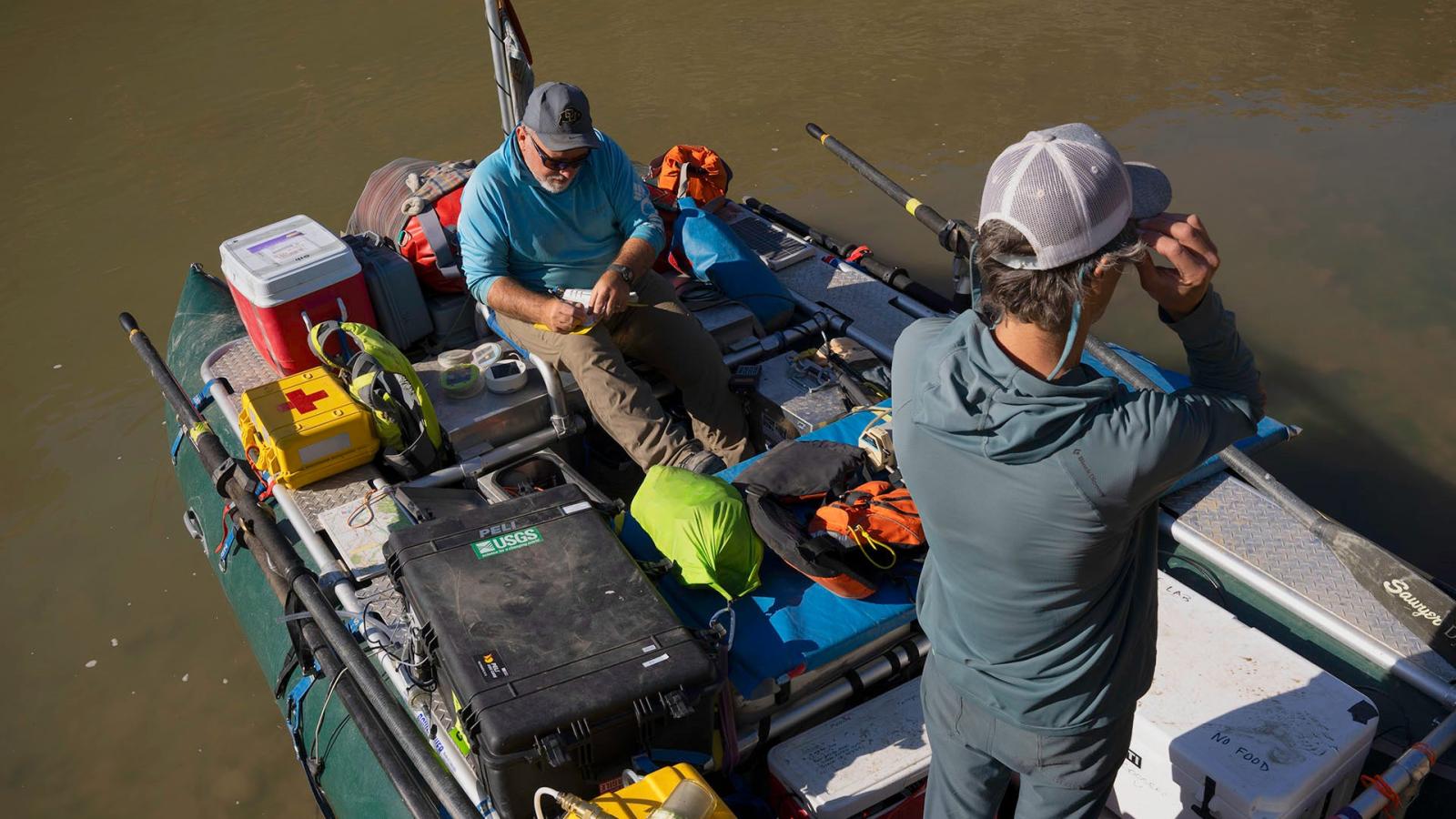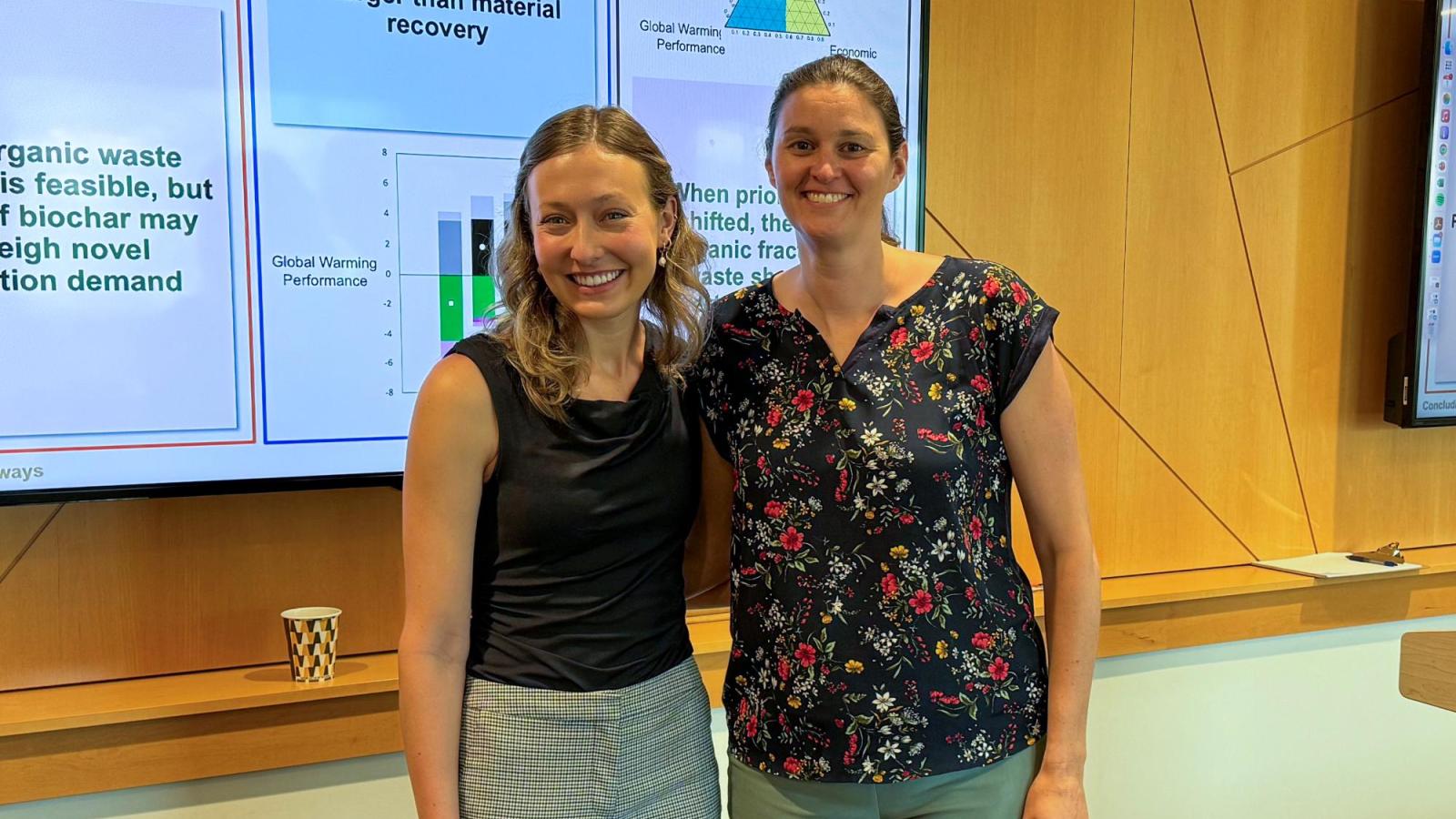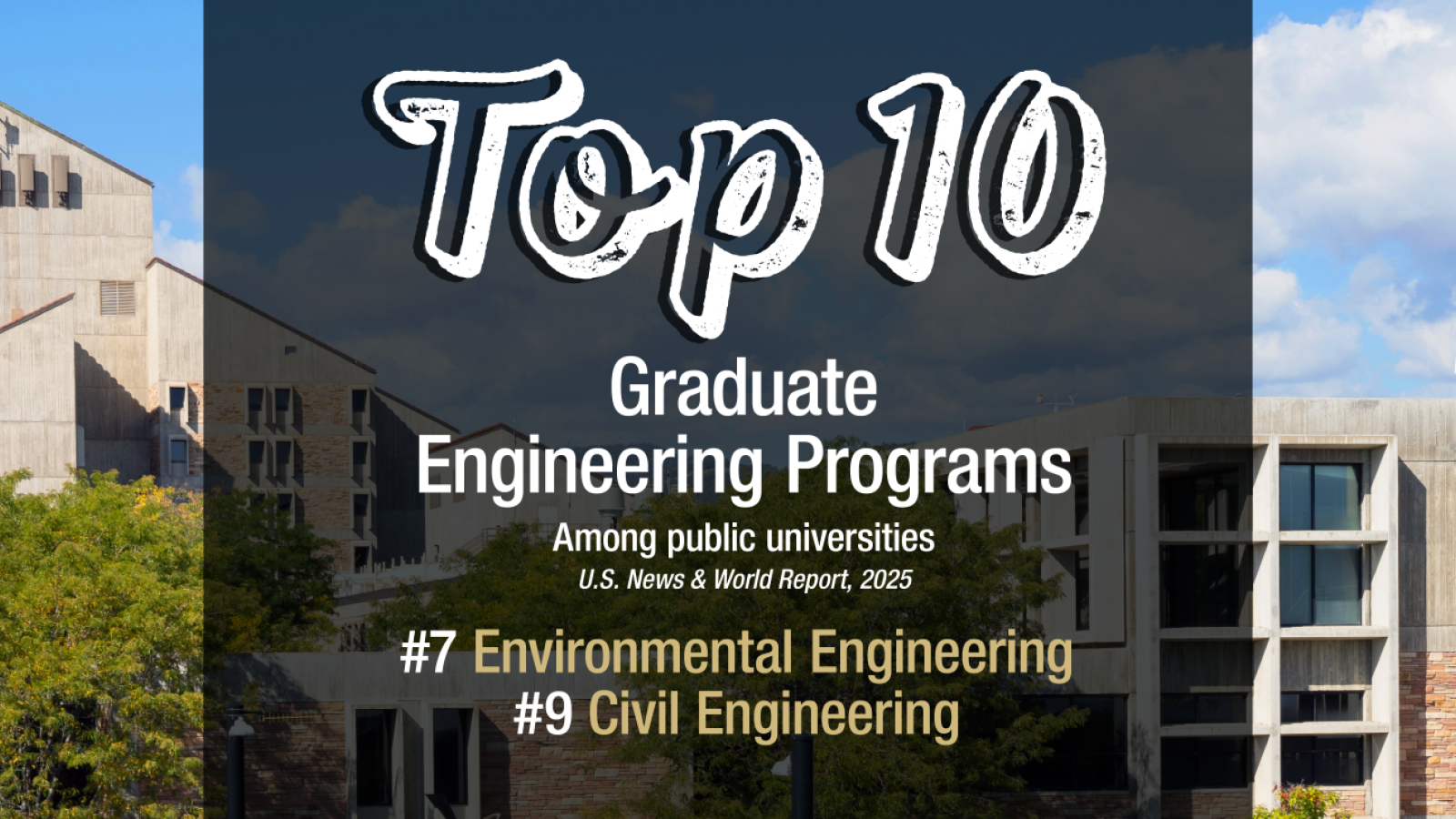Home
Mortenson Center innovations delivering clean water to more than 16 million worldwide
The Mortenson Center in Global Engineering & Resilience at the University of Colorado Boulder is building a new model for global water access, one that is grounded in a deep understanding of why so many past efforts have fallen short.
Rather than focusing on infrastructure alone, the Center treats clean water as a...
Using nanoscale membranes to clean water on the Moon
Anthony Straub is making major advances in water purification technology for industry and human consumption on Earth and in space, with his work on a nanotechnology membrane process taking a major step toward commercialization thanks to a new NASA grant.
Grad student turning trash into cash
Brooke Marten is engineering a better environment through high tech solid waste analysis.
Marten just completed her PhD in environmental engineering, focused on what happens to trash after it is carted off to the landfill – and ways to turn it into a valuable product.
News & Announcements
An error has occured - please check your filters and try again
An error has occured with the API - please try again later
Events & Deadlines
#1
Best College Town in the U.S.
(Best College Reviews, 2022)
#9
Ranked Public Aerospace
Undergraduate Program
#7
Ranked Public Aerospace
Graduate Program






